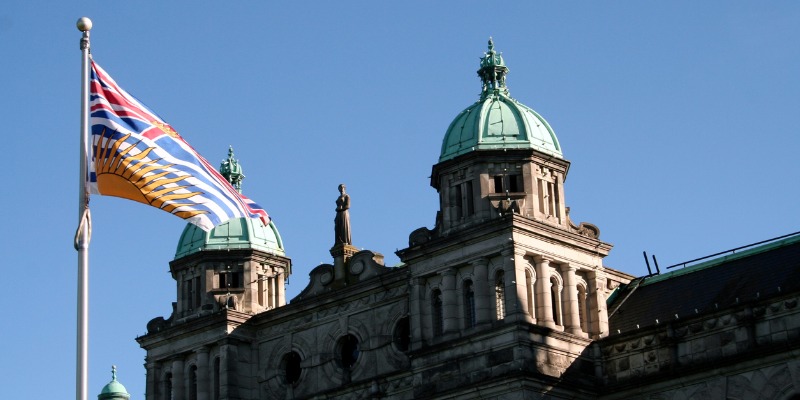Large deficit looms for B.C. and the Horgan government

Less than three months ago, the Horgan government tabled a budget projecting a small operating surplus in 2020/21. Obviously, economic circumstances have changed. COVID-19 has significantly hurt British Columbia’s economy and the province now expects to run a large budget deficit this year.
To quickly recap, B.C.’s spring budget projected an operating surplus of $527 million for 2020/21 (excluding the buffer, referred to as the “forecast allowance”). However, despite this small operating surplus, net debt (total debt minus financial assets) was expected to grow by $4.3 billion because the provincial government separates annual spending (the operating budget) from long-term spending on items such as new schools and highways (the capital budget). Provincial net debt as a share of the economy was also expected to increase after a few years of decline, from 14.5 per cent in 2019/20 to 15.4 per cent in 2020/21.
The COVID recession has rendered these projections unrealistic. Major banks such as TD and CIBC, for example, now predict the provincial economy will shrink by approximately 6.0 per cent this year and the unemployment rate will rise from 4.7 per cent in 2019 to more than 8.0 per cent in 2020.
This steep decline in economic activity means revenues will fall. And the province has announced $3.5 billion in immediate spending measures to combat the recession, and another $1.5 billion to promote economic recovery. As a result, the province’s operating surplus will quickly evaporate. So how large can British Columbians expect the budget deficit to be this year?
If revenues decline like they did during the 2008-09 recession, and the new spending measures are accounted for, then the annual deficit this year could total $6.9 billion. Or, if provincial revenues drop at a comparable rate to the national numbers recently forecasted by the Parliamentary Budget Officer, then the annual deficit could reach $8.8 billion. These numbers provide a general idea of how the recession could impact B.C.’s government finances.
And remember, these deficit-projections are only for the operating budget. If the Horgan government maintains the same capital spending plan from its spring budget, the province’s net debt will increase rather quickly—from $44.5 billion in 2019/20 to between $56.0 billion and $57.9 billion in 2020/21, depending on the extent of the revenue drop.
A shrinking economy also means the province’s debt-to-GDP ratio (a common measure of the province’s ability to pay its debt) will rise higher than the government anticipated in February. Indeed, debt as a share of the economy could reach between 19.2 per cent and 19.8 per cent this year. To put this in perspective, the lower of the two debt-to-GDP estimates (19.2 per cent) would be tied for the highest ratio recorded in B.C. over the last four decades.
Even though B.C. is one of the least indebted provinces in Canada, this increase in debt is worrying and the province must address this fiscal challenge. Additional debt will leave a lasting mark on provincial finances and result in higher government debt interest payments and fewer resources for important priorities such as health care, education and tax relief.
Of course, the Horgan government is not currently in a position to deal immediately with this issue. But the province’s fiscal challenges in the medium-term are serious and significant. Once the COVID crisis ends, the government must develop a credible plan to halt debt accumulation and target a return to balanced budgets.
Authors:
Subscribe to the Fraser Institute
Get the latest news from the Fraser Institute on the latest research studies, news and events.


